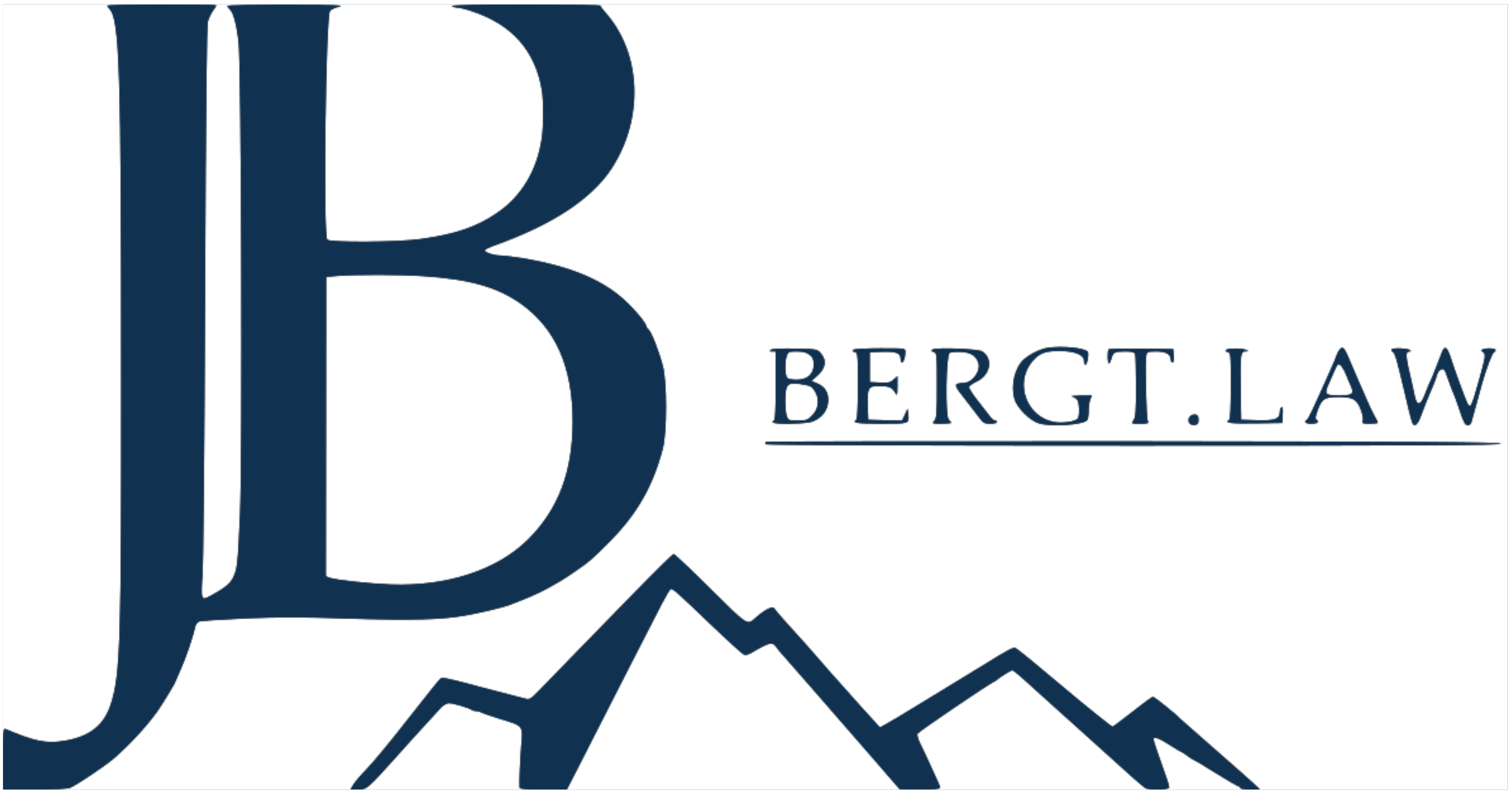Law Firm Bergt & Partners Ltd., Liechtensteinoffice@bergt.law+423 235 40 15
Josef Bergt
2023
Introduction
The regulatory landscape governing investment funds and their managers is a subject of perpetual evolution and complexity, necessitating an intricate understanding of the multifaceted legal frameworks, supervisory mechanisms, and compliance obligations. This article endeavors to provide a conceptual overview on the regulatory architecture surrounding investment funds, thereby offering a comparative analysis that could serve as a valuable resource for legal practitioners, fund managers and other financial market actors alike.
The Investment Triangle: A Conceptual Framework
Central to the operational dynamics of investment funds is the concept of the "Investment Triangle," which delineates the roles and responsibilities of three principal actors: the investment fund, the management companies, and the custodian banks or depository. The investment fund serves as the nucleus, amassing capital from investors. The management companies, operating under the aegis of risk management principles, are tasked with the administration of the fund. Distinct from these entities is the role of the custodian bank, which is entrusted with the safekeeping of assets and the oversight of the management companies' actions to safeguard the interests of the investors.
In the intricate architecture of investment fund structures, they may in general be visualized through a three-tiered cascade. At the top of this hierarchical structure is the actual fund in the broad sense. One level below is the actual investment or fund vehicle, which acts as a conduit for channeling investor capital into the actual fund. These vehicles may take various legal forms, such as mere contractual relationships, trusts, or corporations. They serve as the interface between the investor and the actual fund, providing a layer of administrative functions. At the third level of this cascade the fund share classes may be found, which represent the various categories of interests of share classes in the investment vehicle that investors can subscribe to. Each share class may have its own fee structure, minimum investment requirements, and distribution policies, thereby allowing for customization of investment terms to meet the diverse needs and risk tolerances of different investor categories.
Regulatory Documents: A Standardized Approach
Investors and interested parties can obtain pertinent information from a number of regulatory documents, including but not limited to prospectuses, basic information sheets, and semi-annual and annual reports. These documents are generally standardized under EU law, thereby facilitating a comparative analysis of various financial products.
The Statutory Mandate of the competent national supervisory authority
The competent national supervisory authority exercises oversight over various types of investment funds including Alternative Investment Fund Managers (AIFMs) and Undertakings for Collective Investment in Transferable Securities (UCITS). The two Directives differ in that with the AIFMD managers are supervised whereas with the UCITSD, these undertakings are supervised.
Alternative Investment Funds (AIFs) and Their Managers
The activities of AIF managers are regulated under the Alternative Investment Fund Managers Directive 2011/61/EU, commonly known as the AIFM Directive.
Licensing and Registration of AIFMs
The management of AIFs generally necessitates a license as an AIFM. However, if certain asset thresholds are not exceeded, only registration is required. It is imperative to note that registered AIFMs are restricted from distributing AIFs to retail clients and cannot engage in cross-border distribution or management.
An AIF may also be used as a vehicle for setting up a crypto asset fund, however it should be noted that AIFs are in general targeted at institutional investors and there is a moratorium on the distribution of crypto AIFs to retail investors in any case.
UCITS
The Undertakings for the Collective Investment in Transferable Securities Directive (UCITS), a regulatory framework promulgated by the European Union, serves as a cornerstone in the governance of mutual funds within the European Economic Area (EEA). Originating from the UCITS Directive 2009/65/EC, this framework aims to standardize and harmonize the management and oversight of investment funds, thereby facilitating cross-border marketing and distribution while ensuring a high level of investor protection. Under the UCITS regime, investment funds that comply with a range of stringent requirements related to liquidity, diversification, and leverage, among other operational and organizational criteria, are granted a "UCITS" label. This label not only signifies adherence to rigorous regulatory standards but also enables the fund to be sold to retail investors across EEA member states without the need for additional authorization in each jurisdiction. Consequently, the UCITS framework has become a globally recognized brand in the asset management industry, attracting not just European but also international investors seeking a well-regulated and transparent investment vehicle.
The Undertakings for the Collective Investment in Transferable Securities (UCITS) and Alternative Investment Funds (AIFs) frameworks within the European Union's regulatory landscape diverges significantly with respect to their target investor base. UCITS, governed by the UCITS Directive, are primarily designed for retail investors and are subject to stringent regulations concerning liquidity (only certain fund assets can be invested into and subscribed to), diversification, and disclosure to ensure a high level of investor protection. These funds can be marketed across the European Economic Area (EEA) to retail investors without requiring additional authorization in each member state, thereby making them a popular choice for individuals seeking a well-regulated investment vehicle.
Conversely, AIFs, regulated under the Alternative Investment Fund Managers Directive (AIFMD), are generally more flexible in terms of the investment strategies they can employ, but they are also subject to fewer investor protection mechanisms compared to UCITS. As a result, AIFs are often targeted at institutional investors, who are presumed to be more sophisticated and better able to understand the risks involved. While some AIFs can be marketed to retail investors, this is typically subject to additional regulatory requirements and safeguards.
Source: FMA Austria on Investment funds and their managers
Executive Summary:

Address
Law Firm Bergt & Partners Ltd.
Buchenweg 6
P.O. Box 743
9490 Vaduz
Liechtenstein
Phone
+423 235 40 15
office@bergt.law